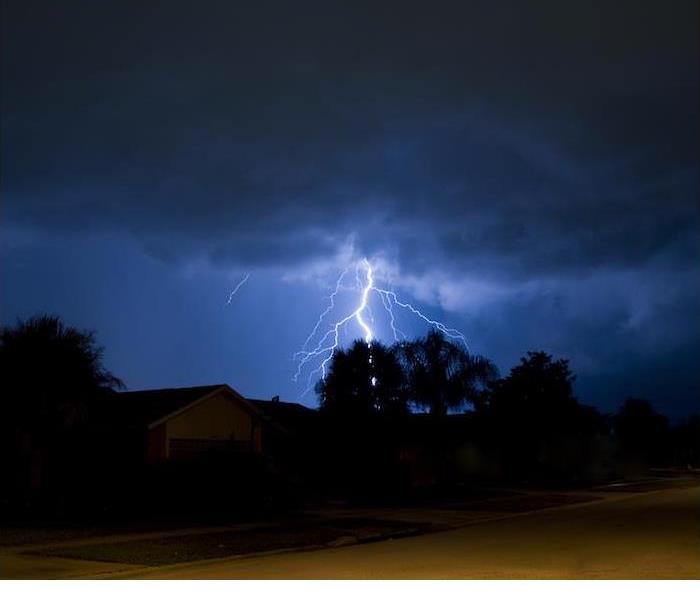Be Prepared No Matter Where a Summer Storm Catches You | SERVPRO® of Lebanon County (717)-273-MOLD
8/3/2020 (Permalink)
When skies are clear and the sun is shining, a thunderstorm may be the last thing on your mind—but when the weather is hot and humid, storms can pop up instantaneously. The suddenness of these storms can catch people off-guard, and if your storm preparedness efforts have mainly been focused on safety at home, you may be unsure of what to do.
To help you prepare for sudden summer storms, we have compiled some safety tips that you can use anywhere to stay protected.
Prepare for Sudden Summer Storms
Know your options for shelter. When you find out that a storm is in the forecast, finding a safe place to seek shelter is the best thing you can do. While ideally you would find yourself safe at home, with sudden summer storms, this is not always possible. Seeking shelter in your car is actually a fairly safe thing to do, as long as you can park safely and stay put for the duration of the storm.
Practice electrical safety. When lightning strikes a building, it will travel to the ground using the easiest means available, which is often the home’s wiring system. This is the cause behind power surges, which can cause damage to your electronics and even increase your fire risk. Surge protectors are the most common defense against this, both at home and at work, but if you are able, unplugging everything before a storm is an even safer choice.
Avoid direct contact with concrete. Structurally, concrete is a strong material, but that does not mean that it is the safest choice for sheltering from a storm. Because of the nature of concrete, it is often poured around metal reinforcements, which can become a strong conductor of electrical charge when struck by lightning. Avoid touching concrete directly if you do take shelter in an area where it is a feature.
Stay indoors for at least 30 minutes. While the summer storms we have been referencing do come up suddenly and end just as abruptly, the lightning risk is not necessarily over just because the clouds have cleared. Documented lightning strikes have occurred nearly 30 miles from storm clouds, which is why creating a 30-minute buffer after the last thunderclap is recommended.
If your home sustains damage due to a storm, you can count on us to help. Contact us at any hour to learn more about our storm restoration process.

 24/7 Emergency Service
24/7 Emergency Service
